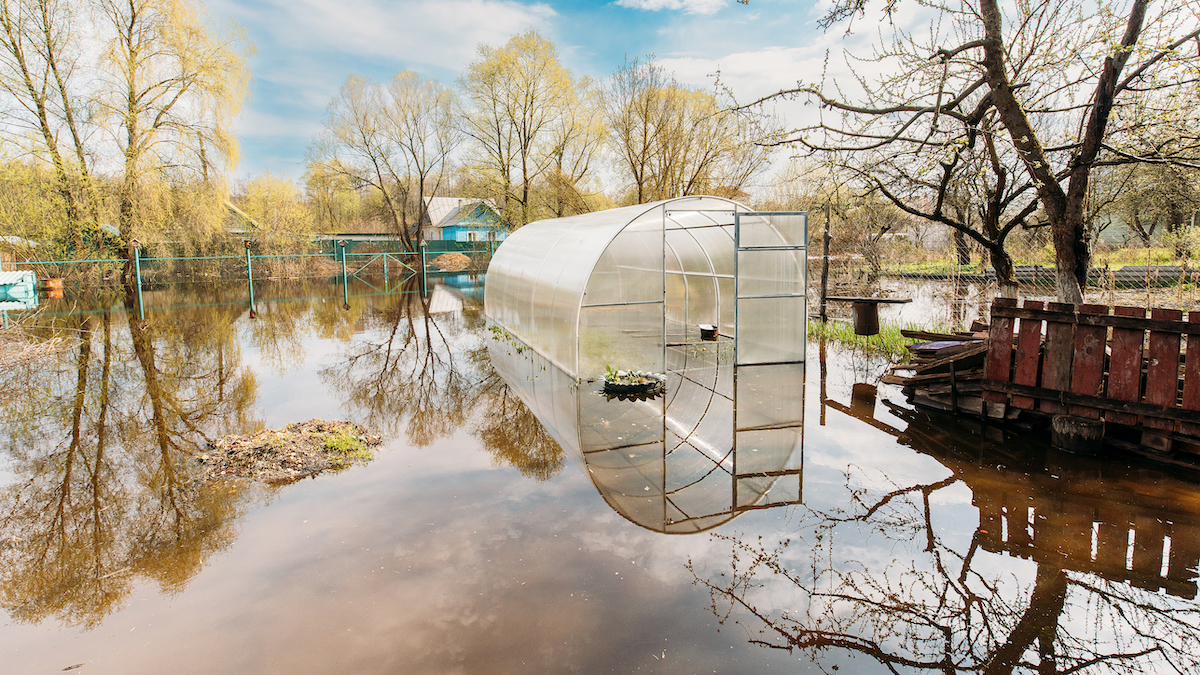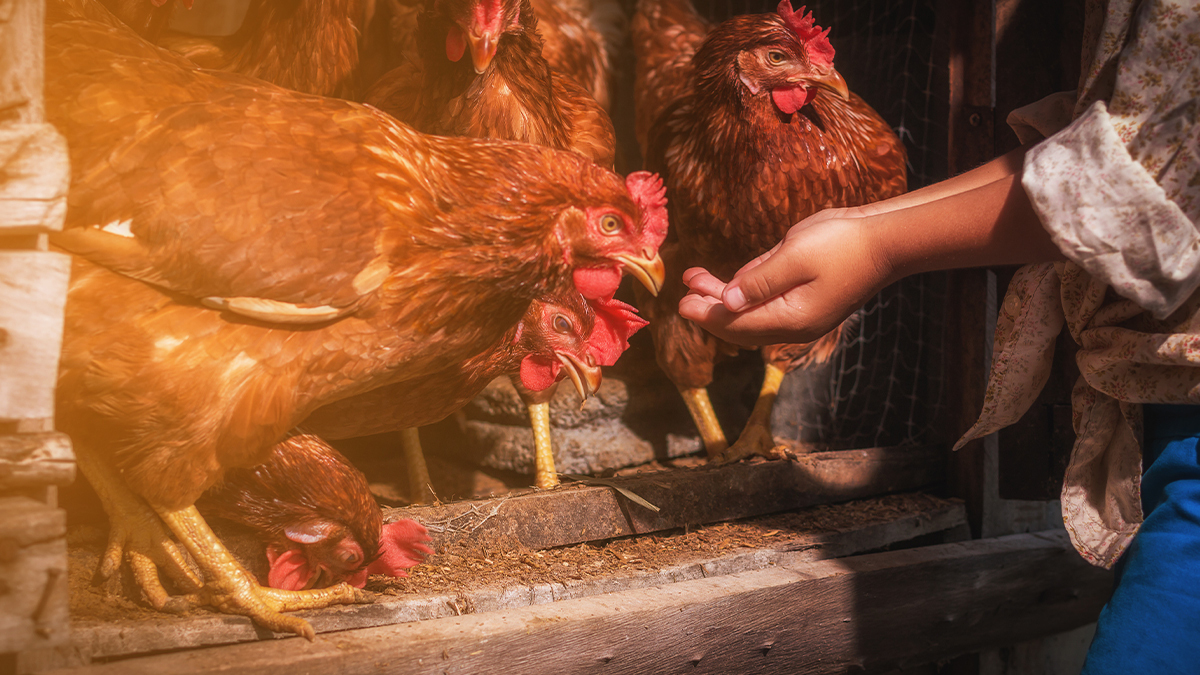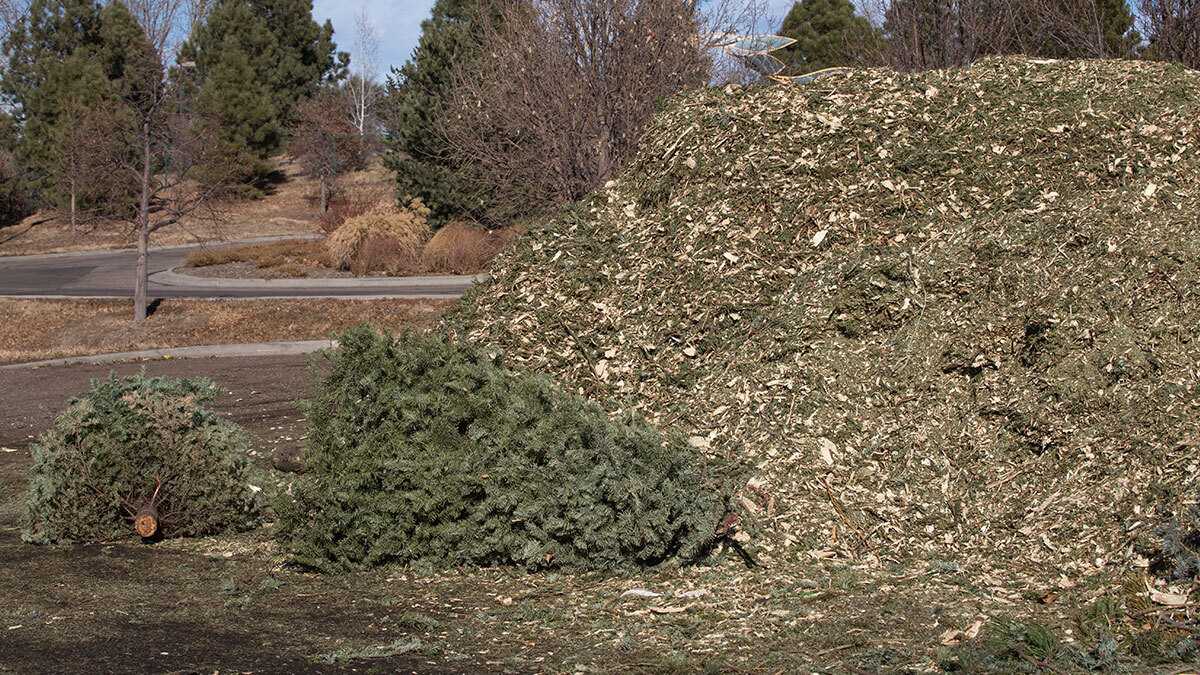on
Floods were the largest cause of property damage in the United States in 2022, causing $49.1 billion in damage.
In addition to property damage, floods were also the cause of livestock deaths.
That’s why it is of utmost importance that you do some flood proofing for your livestock.
Historically, floods have been disastrous for farmers and homesteaders. Flooding in Canada in 2021 had a livestock death toll of 628,000 poultry, 12,000 hogs, and 420 dairy cows.
While some Acts of God cannot be avoided, doing some flood proofing for your livestock will boost their chances of survival.
Before a Flood
Ideally, you will start flood proofing for your livestock before a flood actually occurs.
If you wait, a flash flood could bring significant harm to your livestock.
Know Your Flood Chances
Before you start flood proofing for your livestock, you need to know your flood chances.
Obtain a flood map of your area and take a look at the topography of your acreage.
If certain areas of your property are more flood-prone than others, it is wise to avoid placing livestock pens and chicken coops in these areas.
Stock Up on Emergency Feed
Just as we should always have a stash of emergency food, you should also have emergency feed on hand for your animals.
Humans are typically told to have enough food for 3 days, but we know that there are disasters that require more than a week’s worth of food.
The same goes for livestock.
You should stock enough feed to last a week. It’s important to remember that you may be unable to get feed from your usual store after a disaster.
NOTE – Make sure you store this emergency feed at least 3 feet above the ground in waterproof containers.
[Related Read: How to Make Your Own Livestock Feed]
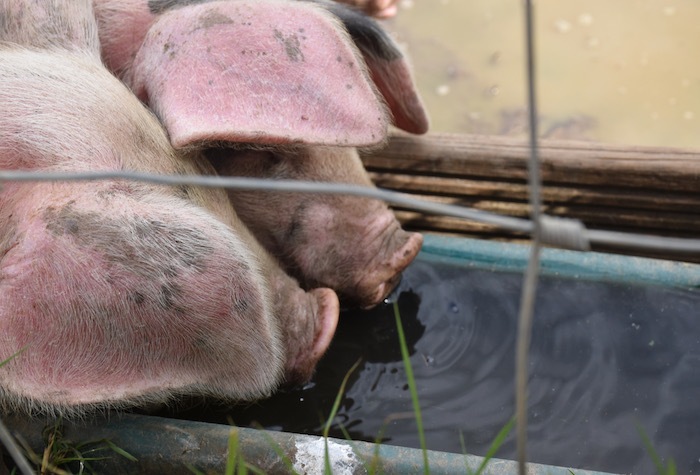
Plan for Clean Water
Unfortunately, flood waters tend to mean contaminated water.
That means you need to have a contingency plan in place for water following a flood event.
For example, you may store a large container of water for emergencies that you have to truck over to your livestock pens.
Identify Emergency Contacts
Before a flood happens, have an idea of whom you will need to contact in the event of an emergency.
In addition to traditional emergency contacts, include the following in your list:
- Veterinarians
- Poison Control Center
- Animal shelters
- Livestock transport resources
- Feedstock providers in various regions
[Related Read: Livestock First-Aid Checklist. Protect Your Animals!]
Prepare Higher Shelter
When building your chicken coop, make sure you design it with higher perches.
Aim to place them 2 feet off the ground in case of a flood but no more than 4 feet (where they can’t reach easily).
During a Flood
Let’s say you receive a flood warning, and you know it’s time to start flood proofing for your livestock. Here’s what you need to do.
Avoid Enclosing Livestock in Pens
Some homesteaders mistakenly believe the safest place for their livestock during a weather event is their pens.
This is not the case with floods.
If they do not have adequate space, they can easily become trapped and drown in their pens.
It is almost always best to relocate livestock from low-lying pens in the event of a flood.
If you have no choice, you want to provide access out of the pen to enable your livestock to escape flood waters.
Evacuation Plans
If necessary (and possible), make an evacuation plan for your livestock.
For example, you can transport your chickens in cardboard boxes with air holes that have towels and shavings to another location.
If there are feasible livestock evacuation locations nearby, arrange for transportation immediately.
[Related Read: Preparing for Livestock Emergency Evacuations]
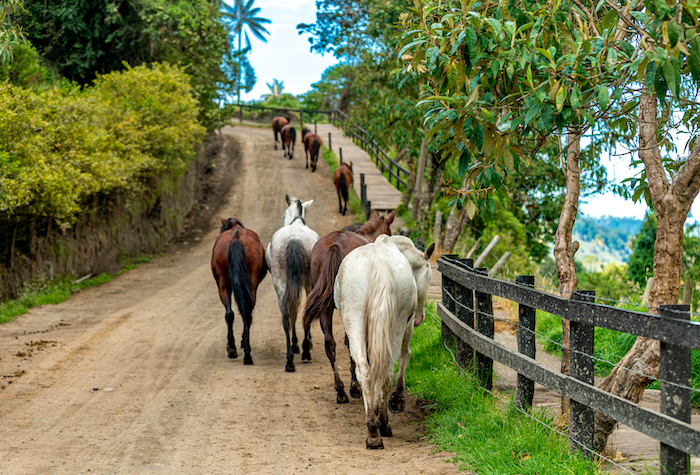
Higher Ground
If you cannot evacuate your livestock, try to at least move them to higher ground.
If you can’t move them to higher ground, make higher ground for them.
An Ag Hub suggests, “In broad, level flood plains where floodwaters are seldom deeper than 3 or 4 feet, you may need to construct mounds of soil on which livestock can stay until floodwaters recede. Try to locate the mounds where they will not be washed away by fast-flowing water.”
Restrict Access to Danger Zones
Try rerouting your livestock away from low-lying areas of your homestead.
In addition, restrict their access to areas that may be dangerous during a flood, such as narrow passageways or dead ends where they may become trapped.
Disconnect Electricity
Water and electricity don’t mix.
Turn off electricity to ensure your livestock aren’t electrocuted.
Secure Potential Dangers
Floods can uplift and move dangerous objects.
Tie down and secure any objects that may move and injure your livestock.
Similarly, protect animals from machinery on your homestead or in your barn.
For example, cover choppers, protruding parts, and sharp edges.
Use Sandbags
Flood proofing for your livestock also involves protecting their pens and coops.
See if your local fire station is offering free sandbags ahead of the bad weather.
Place these sandbags around the perimeter of the coops.
After a Flood
Unfortunately, the problems don’t end when the water recedes. After the flood, you still have to protect your livestock from serious dangers.
Check for Water Contamination
One of the biggest issues following a flood is water contamination. Flood waters can carry chemicals, fertilizers, trash, and other bacteria.
If your water is contaminated, you must rely on your stored water for your animals.
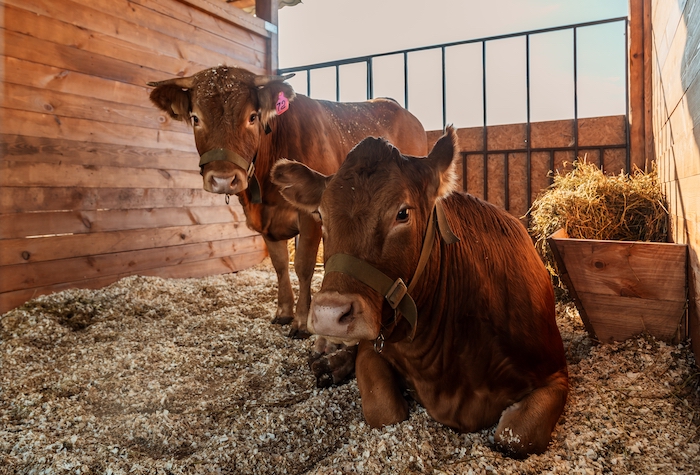
Be on the Lookout for Health Issues
Due to the contamination issues, livestock is at high risk for infectious diseases following a flood.
According to FEMA:
“After floods there may be an increase in infectious disease.
- Animals that have stood in contaminated flood water will be at increased risk and may develop infections of the hooves and skin (dermatitis).
- Cuts acquired from disaster debris make animals more susceptible to tetanus and contaminated floodwater may contain toxins, including botulinum toxin from rotting carcasses. Contact with wildlife may also increase the potential for rabies.”
Remove Contaminated Soil
If your pens or coops were flooded, you want to remove the contaminated soil before letting your livestock return.
Replace the contaminated soil with gravel and coarse sand.
Clean and Sanitize Pens and Coops
It is very important to clean and sanitize carefully after a flood.
You want to clean all the surfaces of coops, pens, and runs.
Your goal is to remove all potential contaminants and eliminate the possibility of mold.
Get access to premium content and more!
10 Steps to Prep Your Homestead for Spring



